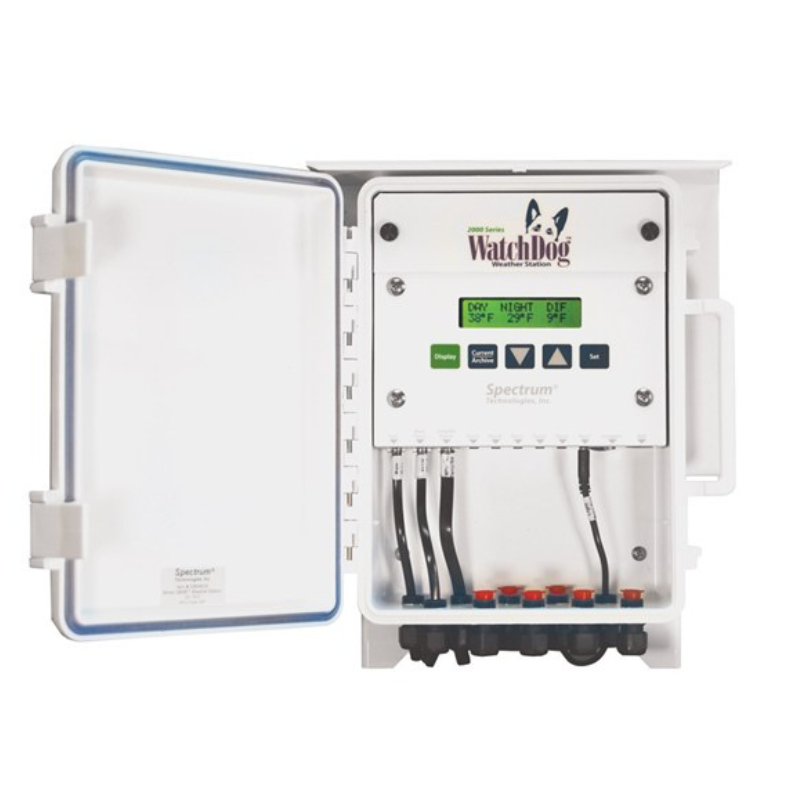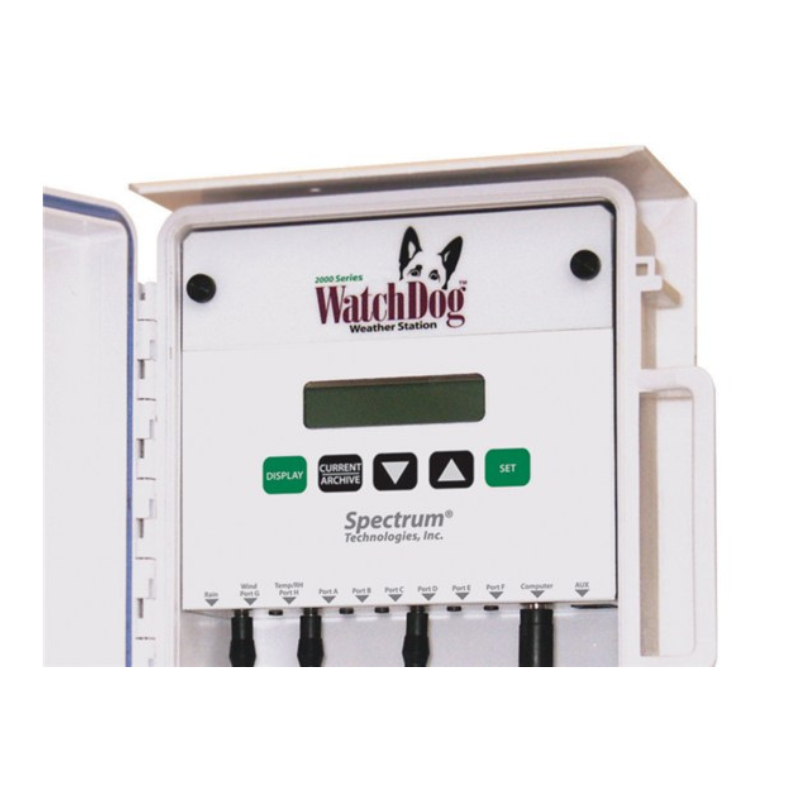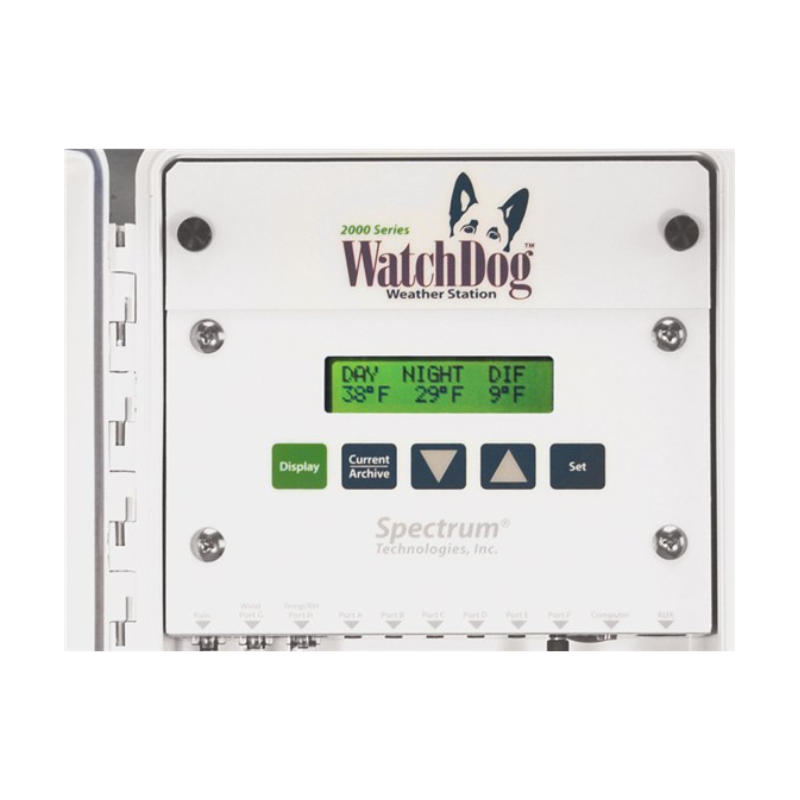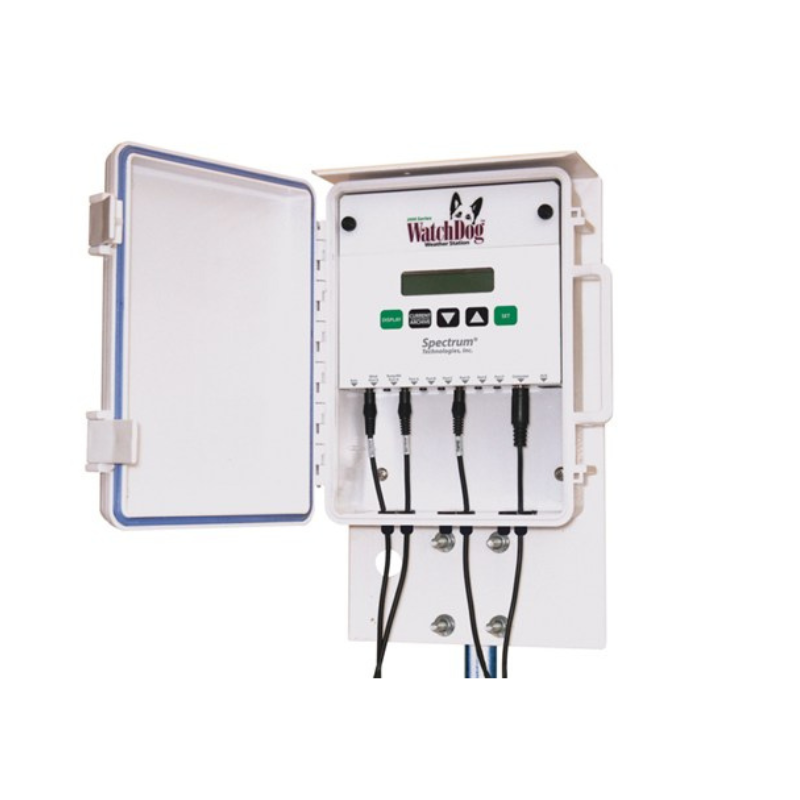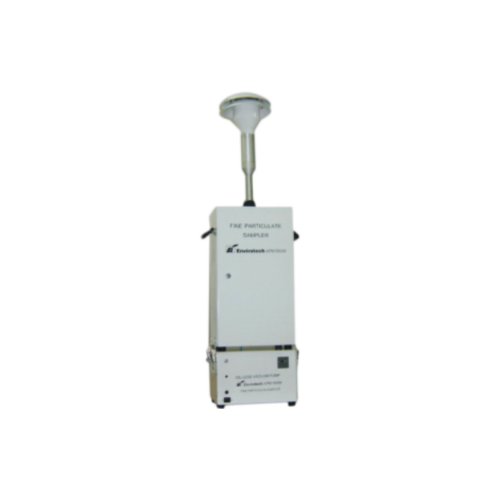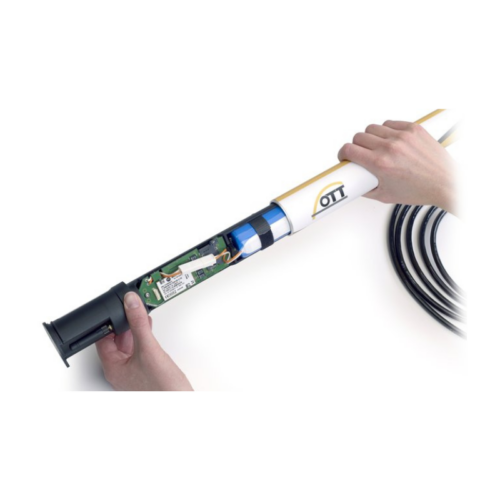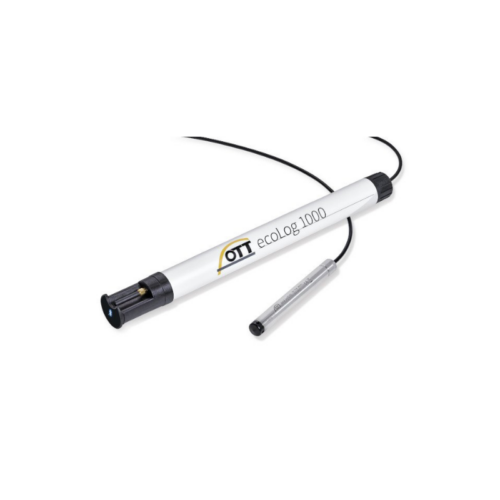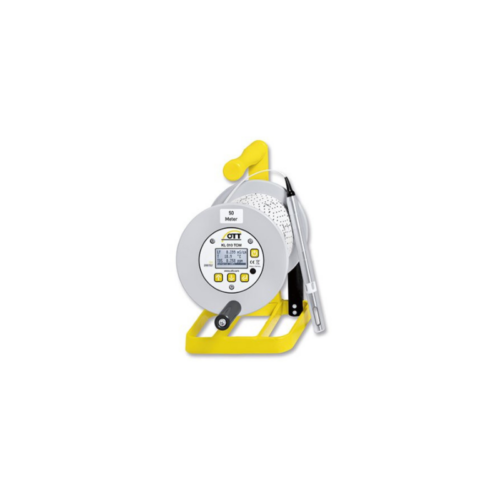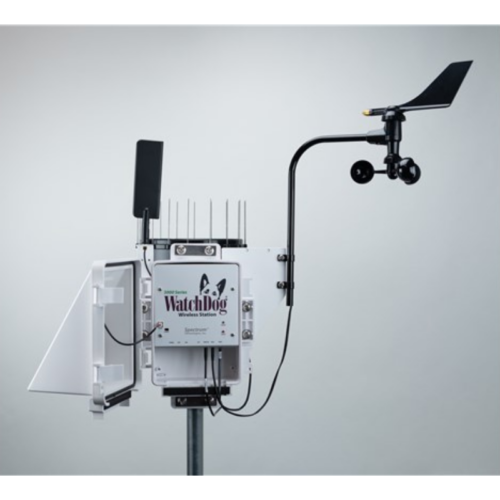WatchDog 2000 Series
Did you like this product? Add to favorites now and follow the product.

(+91) 9866777599 Start Live Chat
Description
Spectrum Technologies’ weather stations, including the WatchDog 2000 Series, are renowned for their advanced measurement technology and enjoy widespread use. These weather stations are trusted by a diverse customer base, including prominent organizations and professionals in various fields. Here are the key features of the WatchDog 2000 Series Weather Stations:
Wide User Base: These weather stations are utilized by over 12,000 customers in more than 60 countries. Their user base includes well-known entities such as Pioneer Hi-Bred, Monsanto, Syngenta, USDA-ARS, Dow AgroSciences, Chiquita Brands, Dole, and major universities. This demonstrates their broad appeal and reliability.
Dependable Performance: Growers, agricultural consultants, and golf course superintendents rely on Spectrum Technologies weather stations for their solid performance and accurate weather data, highlighting their role in critical decision-making processes.
AE50 Winner: The stations are recognized as AE50 winners, indicating their innovative and award-winning design and technology.
Key Features of WatchDog 2000 Series:
Sealed NEMA-4 Type IP66 Enclosure: The weather stations are housed in sealed NEMA-4 type IP66 enclosures, offering protection against environmental factors, ensuring the safety and longevity of the equipment.
Built-In Data Logger: They come equipped with built-in data loggers that securely store measurement data in fail-safe, non-volatile memory. This feature guarantees data integrity and reliability.
Enhanced LCD Display: The stations feature an enhanced LCD display, enabling users to check current weather conditions and view historical high and low readings, enhancing the accessibility of real-time data.
Battery Power: The stations are powered by a 12-month battery system using four AA lithium batteries. Additionally, four AA alkaline batteries are included, providing a 10-month battery life, ensuring continuous operation.
Internal Sensors: Internal sensors are employed to measure critical weather parameters such as air temperature, relative humidity, wind speed and direction, rainfall, and solar radiation, depending on the specific model.
External Sensors and Communication Ports: The stations offer the capability to connect external sensors, with support for up to nine external sensors, allowing users to expand the range of monitored data. Various communication options are also available for data transfer and connectivity.
Wide Sensor Compatibility: A diverse selection of compatible external sensors and communication options are offered, enabling users to tailor the weather station to meet their specific monitoring requirements.


